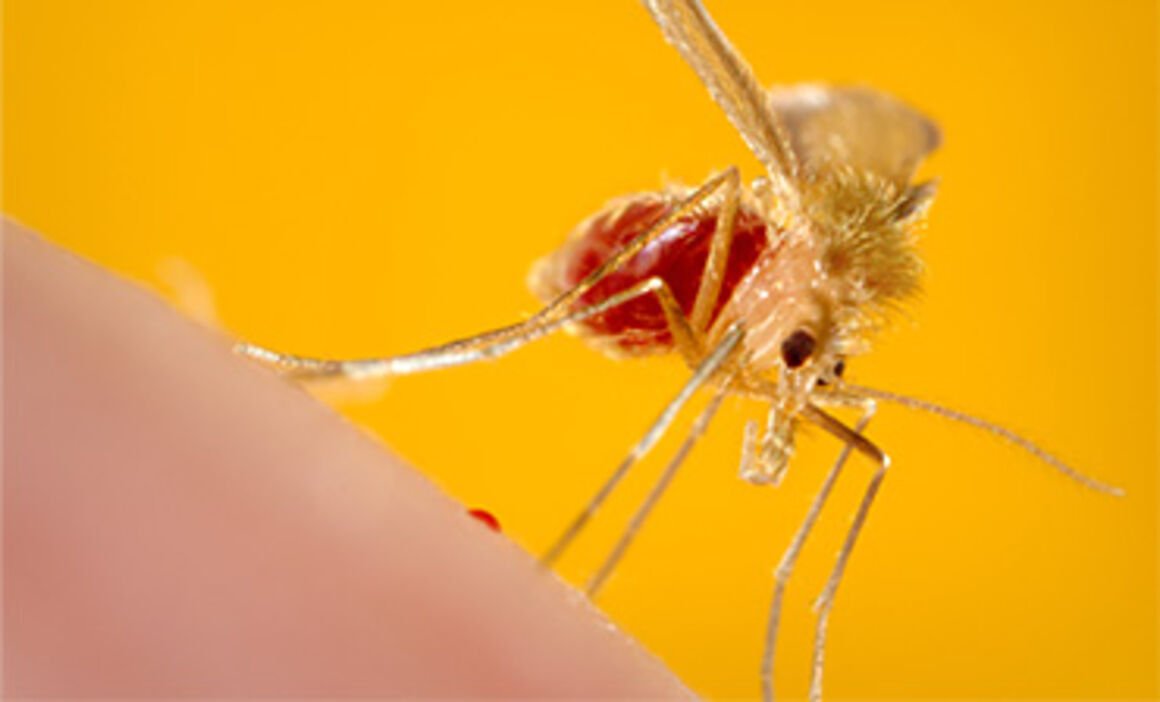Sand flies, often overlooked due to their minuscule size, belong to the Phlebotominae subfamily and are known scientifically as Phlebotomus spp. and Lutzomyia spp.

In the realm of disease vectors, sand flies and mosquitoes stand out as two of the most notorious culprits. These tiny insects have earned a notorious reputation for their role in transmitting diseases that affect millions of people worldwide. While sand flies and mosquitoes are distinct in many ways, their correlation in the realm of public health is undeniable.
This article delves into the correlation between these insects, their respective roles in transmitting diseases, and the impact of these vectors on global health.
Sand Flies: Unveiling the Tiny Culprits
Anatomy and Characteristics
Sand flies, often overlooked due to their minuscule size, belong to the Phlebotominae subfamily and are known scientifically as Phlebotomus spp. and Lutzomyia spp. These insects measure between 1 and 3 millimetres in length, with a narrow, elongated body. Their appearance varies, but they are typically light to dark brown in color, and they possess long antennae and wings covered in fine hairs.
 Distribution
Distribution
These flies are distributed across various regions, primarily in tropical and subtropical areas. They are found in regions of Africa, Asia, the Americas, and the Mediterranean. Pakistan, along with other countries in the Middle East and South Asia, is home to various species of sand flies, making it susceptible to sand fly-borne diseases.
Mosquitoes: The Familiar Foes
Anatomy and Characteristics
Mosquitoes belong to the Culicidae family and are widely recognized for their characteristic slender bodies and long, needle-like proboscis, which they use to feed on the blood of hosts. These insects are typically larger than sand flies, with a length ranging from 3 to 9 millimeters. Mosquitoes come in various species, each with its own unique characteristics.
 Global Distribution
Global Distribution
Unlike sand flies, mosquitoes are found on nearly every continent. They thrive in diverse environments, from tropical rainforests to temperate regions. Mosquitoes are ubiquitous pests, making them a significant global health concern due to their potential for transmitting diseases such as malaria, dengue fever, and the zika virus.
The Common Ground: Disease Transmission
Sand Flies and Leishmaniasis
Leishmaniasis
Leishmaniasis is a group of parasitic diseases caused by protozoa of the genus Leishmania. These parasites are transmitted through the bite of infected sand flies. Leishmaniasis presents in three main forms: cutaneous, mucocutaneous, and visceral. Each form has distinct clinical manifestations and geographical distributions.
Sand Fly as the Vector
Sand flies, particularly species like Phlebotomus papatasi and Lutzomyia longipalpis, are the primary vectors of Leishmania parasites. These tiny insects acquire the parasite when feeding on an infected host’s blood. Once infected, sand flies transmit the parasite to a new host during subsequent blood meals, perpetuating the cycle of infection.
Mosquitoes and malaria
-
Malaria: A Global Health Challenge
Malaria, caused by Plasmodium parasites, is a life-threatening disease that affects millions of people worldwide. Mosquitoes, specifically female Anopheles mosquitoes, are the vectors responsible for transmitting the Plasmodium parasites.
-
Mosquito-Borne Malaria Transmission
When an infected female Anopheles mosquito feeds on a human host, it injects the malaria parasite along with its saliva. The parasites then travel to the liver and red blood cells, where they multiply, leading to the onset of malaria symptoms. Mosquitoes play a pivotal role in the spread of malaria, particularly in regions where these insects are abundant.
Overlapping Territories: Coexistence and Interaction
Ecosystem Dynamics
In regions where both sand flies and mosquitoes coexist, their interactions within the ecosystem can have significant implications for disease transmission. Factors such as climate, habitat, and availability of hosts influence the distribution and density of these vectors.
Competing Resources
While sand flies and mosquitoes have distinct preferences for breeding sites and host species, they often compete for limited resources, such as suitable breeding sites and blood hosts. This competition can impact vector populations and disease transmission dynamics.
Public health implications
Control Strategies
Efforts to control sand fly and mosquito populations are essential for preventing the transmission of diseases. Control strategies include the use of insecticide-treated bed nets, indoor residual spraying, larval source reduction, and the development of vaccines.
Challenges and limitations
Controlling both sand flies and mosquitoes poses challenges. Insecticide resistance, environmental factors, and inadequate healthcare infrastructure in affected regions can hinder control efforts. Additionally, the emergence of new diseases and changing vector distributions due to climate change further complicate control strategies.
Conclusion
The correlation between sand flies and mosquitoes in disease transmission underscores the importance of understanding these vectors’ roles in public health. Sand flies transmit diseases like Leishmaniasis, primarily affecting regions like Pakistan, while mosquitoes, with their global presence, are responsible for diseases like malaria.
Coexistence and competition between these vectors highlight the complex dynamics within ecosystems. Effective control strategies and ongoing research are crucial for mitigating the impact of these disease vectors on global health.
In conclusion, sand flies and mosquitoes, though distinct in many ways, share a common thread in their capacity to transmit diseases. Recognising this correlation and implementing comprehensive control measures is vital in the ongoing battle against vector-borne diseases worldwide.